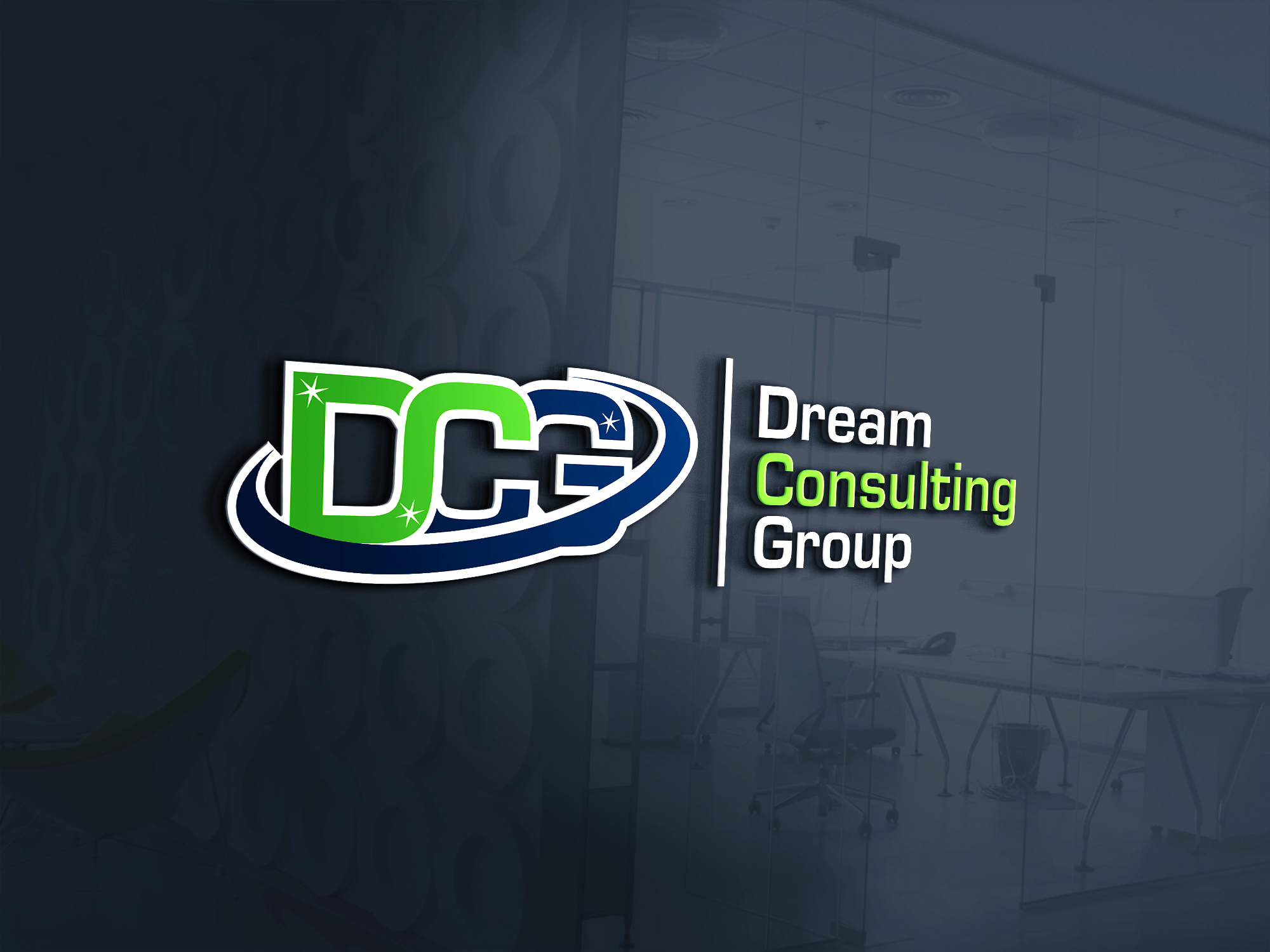
Providing clear direction in a professional environment is essential for guiding employees, promoting productivity, and achieving organizational goals.
1. Clearly communicate goals and expectations: Start by clearly articulating the goals and expectations for teams or individuals. Use specific, measurable, achievable, relevant, and time-bound (SMART) criteria to outline objectives. Ensure everyone understands what needs to be accomplished and why it is important.
2. Set priorities and deadlines: Help employees prioritize tasks by setting clear deadlines for each goal or project. Provide guidance on the order of importance and urgency, ensuring everyone is aligned on which tasks to tackle first. This helps manage workloads and ensures timely completion.
3. Provide detailed instructions: Give employees clear and specific instructions on how to complete tasks or projects. Break down complex assignments into actionable steps, providing guidelines, templates, or examples as necessary. Include any resources or tools they might need to successfully complete their work.
4. Foster open communication: Build an environment where employees feel comfortable asking questions, seeking clarification, and sharing concerns. Encourage open communication and create channels for feedback, such as regular team meetings, one-on-one check-ins, or an anonymous suggestion box.
5. Offer support and resources: Ensure employees have access to the necessary resources, tools, and training to complete their tasks effectively. Provide ongoing support and be available to address any challenges or roadblocks they may encounter. Offer mentoring or coaching opportunities to further develop their skills.
6. Regularly monitor progress: Keep track of team or individual progress towards goals. Regularly review milestones, provide feedback, and offer guidance or adjustments as needed. Use performance metrics, key performance indicators (KPIs), or project management tools to assess progress objectively.
7. Recognize and reward achievements: Celebrate and recognize employees’ achievements when goals are met or exceeded. Show appreciation for their efforts and acknowledge their contributions. Rewarding success not only boosts morale but also motivates employees to maintain high performance.
